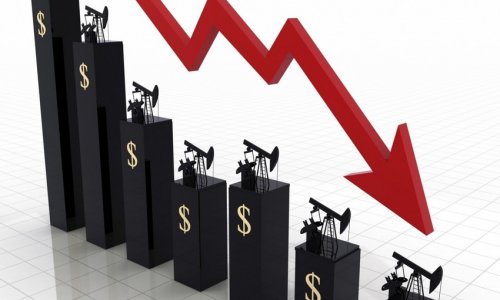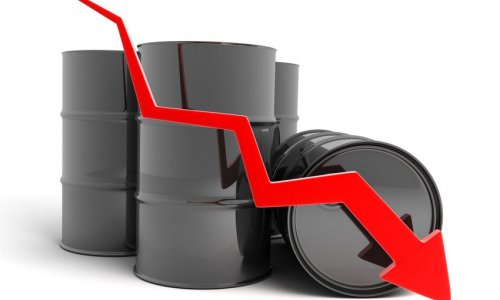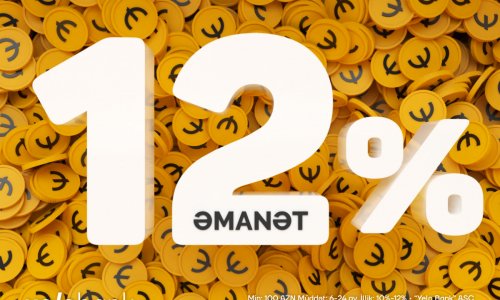Oil futures fell in Asian trade on Wednesday as profit-taking and concern over a larger-than-expected build in U.S. crude stocks outweighed a report that Russia and Saudi Arabia had reached consensus on an oil output cap.
Brent crude LCOc1 had dropped 30 cents to $44.39 a barrel as of 0454 GMT, after hitting a four-month high in the previous session, when it settled up $1.86, or 4.3 percent.
U.S. crude CLc1 dropped 40 cents to $41.77 a barrel after settling up $1.81, or 4.48 percent, the day before.
A firmer U.S. dollar .DXY, which makes dollar-denominated commodities more expensive for holders of other currencies, also pressured prices.
"There are two things. There has been a fantastic rise in prices so I think in the Asian time zone there's been a little bit of profit-taking," said Jonathan Barratt, chief INVESTMENTofficer at Sydney's Ayers Alliance.
"The second thing is that while we're waiting for more official inventory data, investors are thinking: 'Are prices warranted at these levels?'," he said.
U.S. crude stocks rose by a larger-than-expected 6.2 MILLION barrels to 536.3 million last week, data from industry group the American Petroleum Institute showed late Tuesday.
barrels to 536.3 million last week, data from industry group the American Petroleum Institute showed late Tuesday.
 barrels to 536.3 million last week, data from industry group the American Petroleum Institute showed late Tuesday.
barrels to 536.3 million last week, data from industry group the American Petroleum Institute showed late Tuesday.That compared with analyst expectations for a 1.9 million barrel increase.
Official inventory data from the Energy Information Administration (EIA) is due later on Wednesday. [EIA/S]
Investors are also wary of the outcome of a producer meeting in Doha on April 17 that may lead to an oil output cap.
"Investors have been burned before that OPEC (the Organization of the Petroleum Exporting Countries) will do something - the fundamentals of that thought have shown to be made of sand," said Ben Le Brun, market analyst at Sydney's OptionsExpress.
But, Russia and Saudi Arabia were reported to have reached a consensus on Tuesday about an oil output freeze, ahead of Sunday's meeting.
"A deal not only seems likely....but confirmation of the deal, greater clarity about the freeze or hints of further OPEC action could reinforce the bullish sentiment," said Morgan Stanley in a note on Wednesday.
But any upside should be limited at current price levels by producer hedging, bank analysts added.
Still, some signs of improving crude demand have appeared as China's crude imports, buoyed by strong demand from independent refiners and better refining margins, rose 13.4 percent in the first quarter from a year ago, customs data showed on Wednesday.
Global oil demand will grow by 1.16 MILLION barrels per day this year, a 10,000-barrel rise compared with earlier estimates, the EIA said in its monthly forecast on Tuesday.
The agency raised its oil demand growth estimate for 2017 by 120,000 bpd to 1.33 million bpd.
(reuters.com)
www.ann.az
Follow us !











